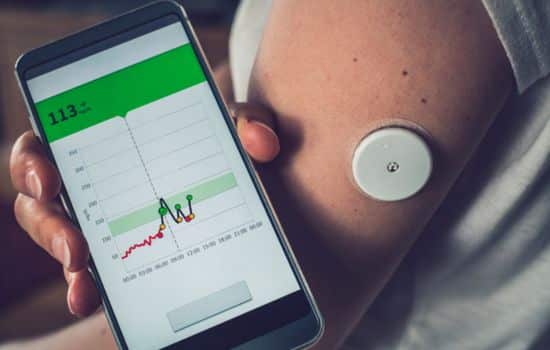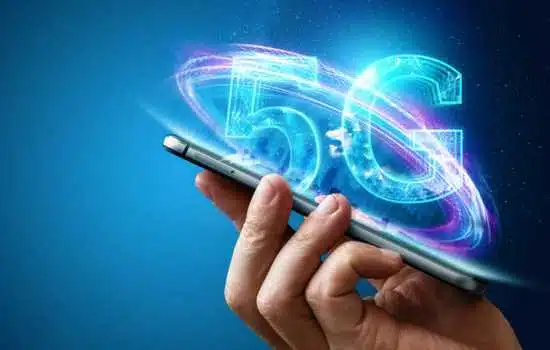Advertisements
In today's world, glucose monitoring has become an essential part of healthcare for people with diabetes and other related conditions.
Fortunately, there are several mobile apps designed to facilitate this process and provide accurate tracking of blood sugar levels.
Advertisements
Below we present three notable examples of glucose monitoring applications and their main features.
mySugr:
This app is widely recognized for its user-centric approach and intuitive interface. mySugr allows users to easily record their glucose levels, meals, medications, and physical activities.
Advertisements
Friday Also
- Applications to Monitor your Glucose Level
- Applications to Track Lost Devices
- Applications to Monitor your Children from afar
- Applications to Monitor Messages Protecting your Children
- Call Recording Apps
Additionally, it offers detailed analysis of recorded data, trend graphs, and customizable reminders to take medications or perform glucose tests.
It also includes weight and blood pressure tracking functions, providing a holistic view of the user's health.
Its colorful design and gamification make glucose monitoring more attractive and motivating.
Glic:
This app stands out for its focus on simplicity and ease of use.
Glic allows users to record their glucose levels quickly and easily, with the option to add notes and tags to contextualize the records.
It also offers clear, easy-to-understand graphs to visualize glucose trends over time.
Additionally, Glic features reminders to perform glucose tests and take medications, helping users keep constant track of their health.
Glucose Blood Sugar Tracker:
This app offers a wide range of features for complete glucose monitoring.
It allows users to record not only their blood sugar levels, but also their carbohydrate intake, exercise, medications, and other relevant factors.
In addition, it offers detailed analyzes with interactive graphs, customizable alerts based on glucose levels, and the ability to export data to share with health professionals.
Its comprehensive approach and ability to personalize monitoring make it a powerful tool for those seeking precise control of their glucose.
Follow these steps to install the apps:
For Android devices:
- Open the Google Play Store on your Android device.
- In the search bar, type the name of the application you want to install.
- Select the application from the list of results.
- Press the “Install” button.
- Confirm the permissions that the application requires to function.
- Wait for the download and installation to complete automatically.
- Once installed, you will find the application icon on your home screen or in the applications menu.
For iOS devices:
- Open the App Store on your iOS device.
- Tap the “Search” tab at the bottom.
- Type the name of the application you want to install in the search field.
- Select the application from the list of results.
- Tap the “Get” button and then “Install.”
- Enter your Apple ID password or use Touch ID/Face ID to confirm installation.
- Wait for the download and installation to complete automatically.
- The application icon will appear on your home screen.

Conclusion
In conclusion, glucose monitoring applications play a crucial role in the health care of people with diabetes and similar conditions.
From usability-focused options like mySugr, to apps that offer a holistic approach like Glucose Blood Sugar Tracker, these tools make it easy to regularly track blood sugar levels and promote a healthy lifestyle.
With the proper use of these applications, it is possible to maintain optimal glucose control and improve the quality of life of those who use them.




